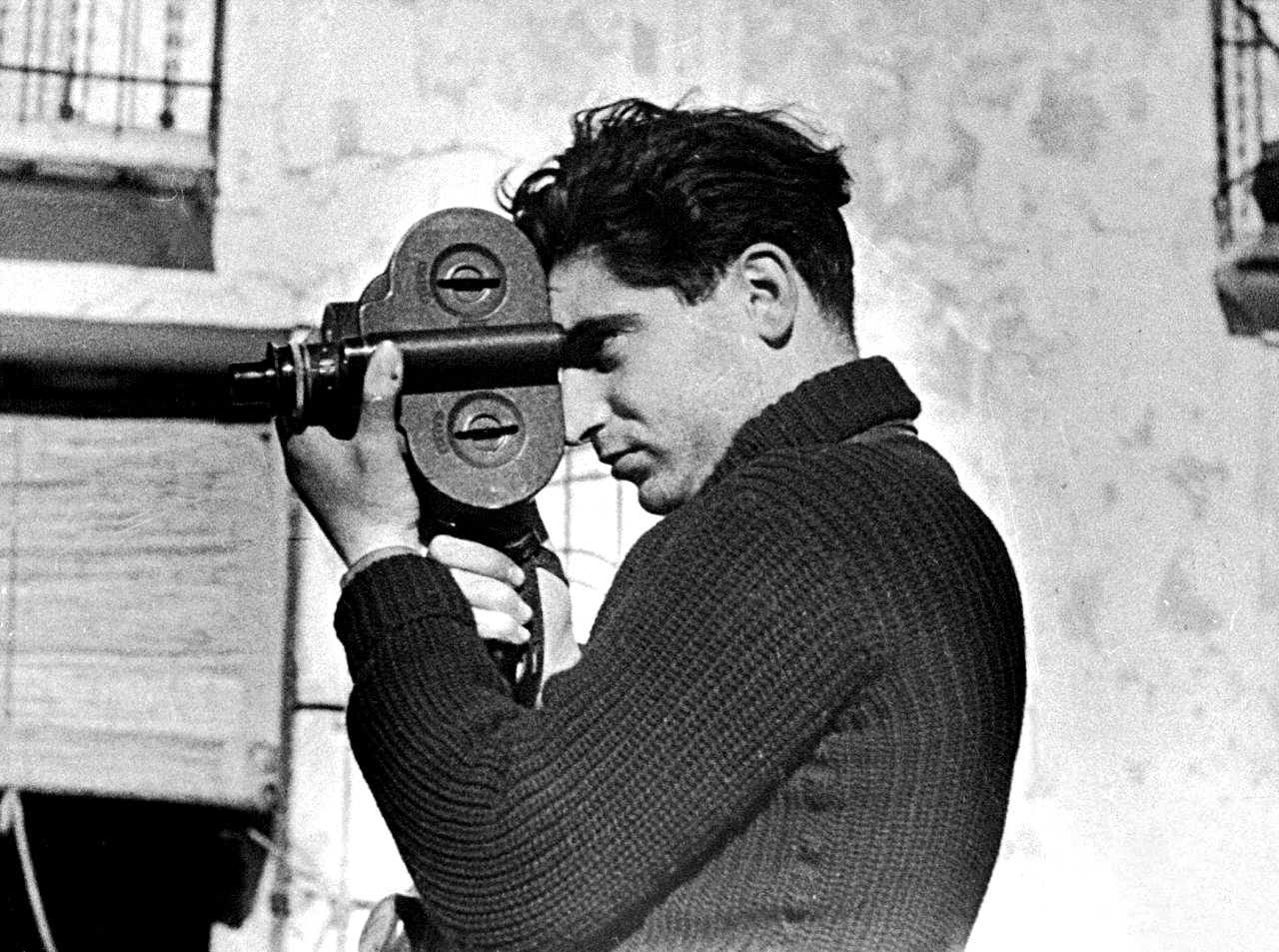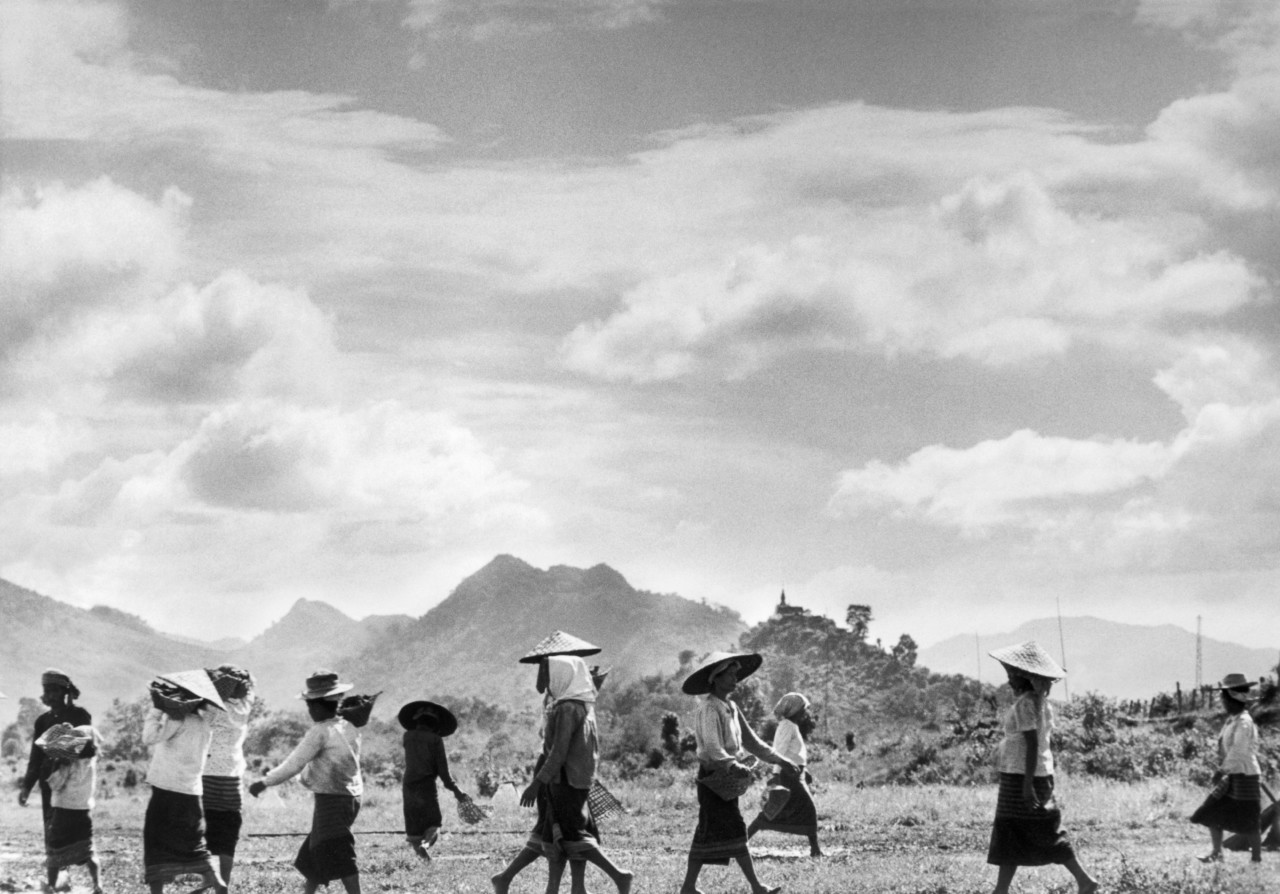Today, I’d want to talk about Robert Capa, who is widely considered the best war photographer in the world. A modern-day historian who chronicled the most significant events of our time. The Magnum Photos photographic collective, one of the most well-known globally, was created by him.

Robert Capa was born Andre Friedman in 1913. As a child growing up in Budapest, he saw that war-torn Hungary provided no future, and at the age of 18, he fled home. Cappa’s formative years were marked by a succession of exiles. After beginning his career as a photographer in Berlin, he moved to France during the advent of Nazism, where he met his future photographic partner Gerda. They simultaneously created a character of a renowned American photographer named Robert Capa and began taking photographs under the pseudonym in the beginning until Andre Friedman eventually took the name as his own. Interestingly, Capa had a second meaning as a translation of the Hungarian term for shark, which was Andre’s nickname. Robert Cappa’s first published pictures, in 1933, were of an impassioned Leon Trotsky lecturing in Copenhagen about the meaning of the Russian Revolution. Capa began working in Spain in 1936, alongside Gerda and partner David Seymour, to chronicle the Spanish Civil War and sell photos to news organizations. He reached worldwide fame with his falling soldier photograph, hailed as “the finest combat shot in the world” by Picture Post. Even though the soldier’s name, whether he was shot or stumbled, and even if the photo was taken by Robert or Gerda have all been questioned, it doesn’t matter since this striking image embodies the human engagement in conflict and the terrible political context building up to World War II.

New York City was Capa’s new home at the outbreak of World War II, after he had fled France to avoid Jewish persecution. Working for Life magazine, as the sole hostile alien photographer on the Allies’ side, he bridged the gap between the two worlds. Capa accompanied American forces in Sicily and Naples, where he documented the fighting. As part of the Allied invasion on Omaha Beach on June 6, 1944, Kappa was present. Second wave of American forces stormed the beach, and he was a part of it. Capa used two 50-millimeter lenses and several rolls of film to take 106 photos of the conflict while he was under continual attack. It took Capa less than two hours after the invasion to go back to England and develop the footage that had been waiting for him. The emulsion and negatives on three whole rolls of film were melted due to an error made by a staff member who adjusted the dryer’s temperature too high during processing. The “Magnificent 11” refers to the majority of the remaining images. It adds to the tension of the struggle by giving the photos a weird gritty appearance. This edition of Life magazine used the images in its cover story, “Beaches of Normandy: The Fatal Battle for Europe is Joined by Sea and Air.” Several photographs were captioned as “slightly out of focus” due to the photographer’s shaky hands. Surprisingly, Capa later used this line as the title of his autobiography, “Slightly Out of Focus.”






Be First to Comment